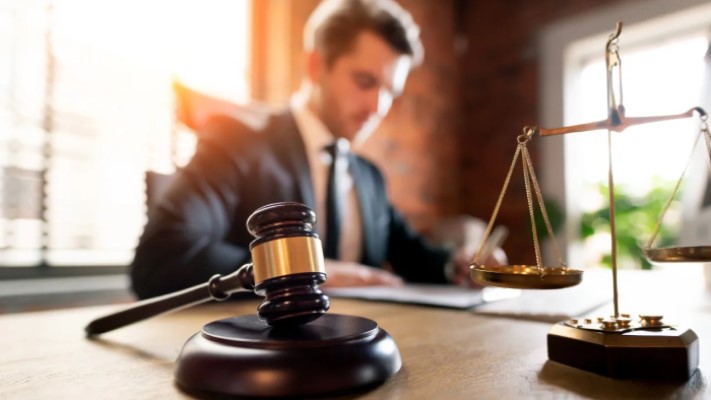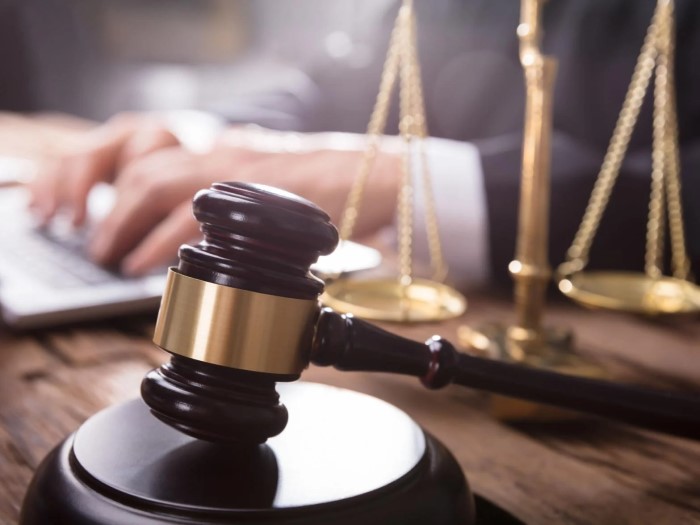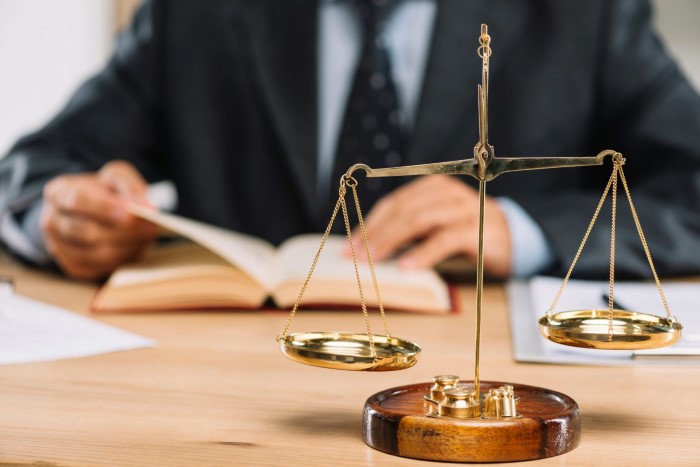Introduction
Slip and fall accidents can happen anywhere, from a grocery store to a friend’s house, and they often result in unexpected injuries. Understanding the legal aspects surrounding slip and fall accidents is crucial for protecting your rights and seeking appropriate compensation. In this article, we’ll delve into the intricacies of slip and fall accident law, empowering you with the knowledge needed to navigate these situations effectively.
Define Slip and Fall Accidents
Slip and fall accidents, also known as premises liability accidents, occur when a person slips, trips, or falls on someone else’s property due to hazardous conditions.
Relevance and Importance
Slip and fall accidents can lead to severe injuries, including fractures, head trauma, and spinal cord injuries. Knowing your rights and responsibilities can help mitigate risks and ensure fair treatment in case of an accident.
Types and Categories
Indoor Slip and Fall Accidents
These occur within buildings and structures and are often caused by wet floors, uneven surfaces, or inadequate lighting.
Outdoor Slip and Fall Accidents
Outdoor slip and fall accidents can happen on sidewalks, parking lots, or driveways due to factors like icy conditions, potholes, or debris.
Workplace Slip and Fall Accidents
Employees can experience slip and fall accidents at work due to factors such as spills, cluttered walkways, or faulty equipment.
Commercial Property Accidents
These accidents occur in public places like malls, restaurants, or theaters, where property owners have a duty to maintain safe premises.
Symptoms and Signs
Common Injuries
Slip and fall accidents can result in various injuries, including bruises, sprains, fractures, and head trauma.
Delayed Symptoms
Some injuries, such as concussions or internal bleeding, may not manifest immediately, emphasizing the importance of seeking medical attention after an accident.
Causes and Risk Factors
Environmental Factors
Wet or slippery surfaces, uneven flooring, inadequate lighting, and cluttered walkways are common environmental hazards contributing to slip and fall accidents.
Negligence
Property owners may be liable for slip and fall accidents if they fail to address known hazards or provide adequate warnings to visitors.
Diagnosis and Tests
Medical Evaluation
After a slip and fall accident, seeking prompt medical evaluation is essential to assess injuries and determine appropriate treatment.
Diagnostic Tests
Diagnostic tests such as X-rays, CT scans, or MRI scans may be necessary to evaluate the extent of injuries, especially in cases of head trauma or spinal injuries.
Treatment Options
First Aid
Immediate first aid measures may include cleaning and bandaging wounds, applying ice packs to reduce swelling, and immobilizing injured limbs.
Medical Treatments
Depending on the severity of injuries, treatment options may include pain management, physical therapy, or surgical intervention.
Preventive Measures
Property Maintenance
Property owners can prevent slip and fall accidents by regularly inspecting premises, promptly addressing hazards, and implementing safety measures such as non-slip mats or handrails.
Awareness and Education
Raising awareness about common hazards and promoting safe behaviors, such as wearing appropriate footwear, can help reduce the risk of slip and fall accidents.
Personal Stories or Case Studies
Jane’s Story: A Slippery Situation
Jane, a young professional, slipped on a wet floor at a grocery store and suffered a fractured wrist. Despite the store’s negligence in cleaning up spills promptly, Jane successfully pursued a personal injury claim and obtained compensation for her medical expenses and lost wages.
Expert Insights
Legal Perspective
According to personal injury attorney John Smith, property owners have a duty to maintain safe premises and can be held liable for slip and fall accidents caused by negligence.
Medical Opinion
Dr. Emily Jones emphasizes the importance of seeking medical attention after a slip and fall accident, as some injuries may not be immediately apparent but can have serious consequences if left untreated.
Conclusion
Slip and fall accidents are common but preventable occurrences that can lead to significant injuries and financial burdens. By understanding the legal aspects, symptoms, preventive measures, and treatment options associated with slip and fall accidents, individuals can empower themselves to protect their rights and safety.



